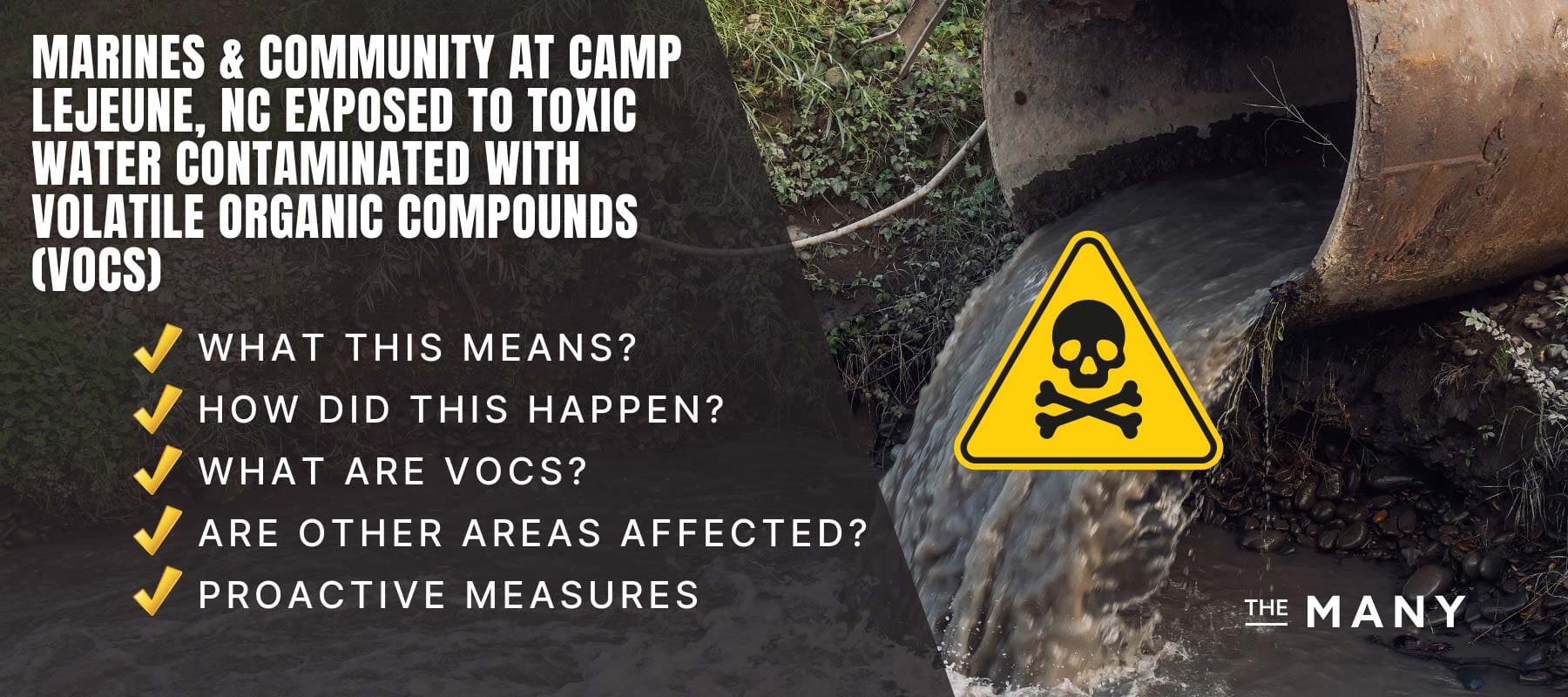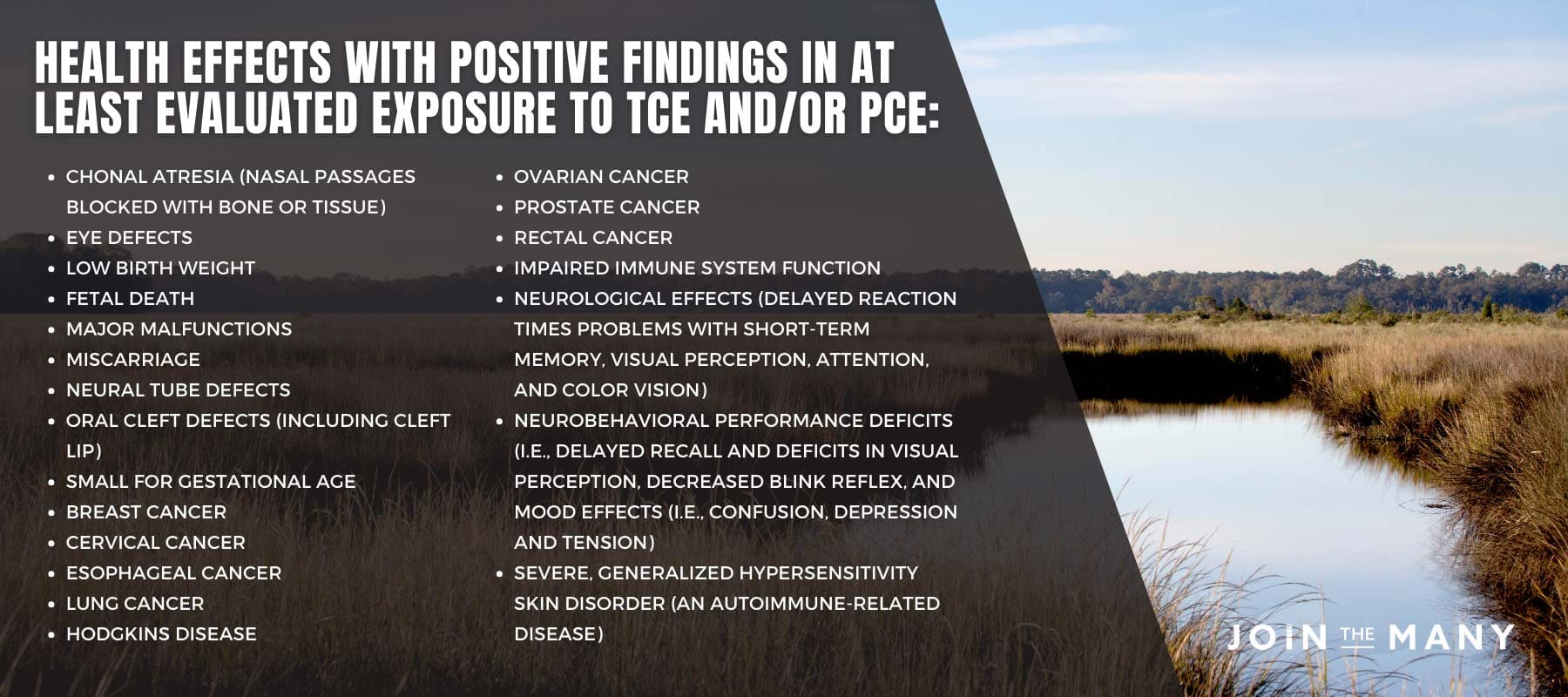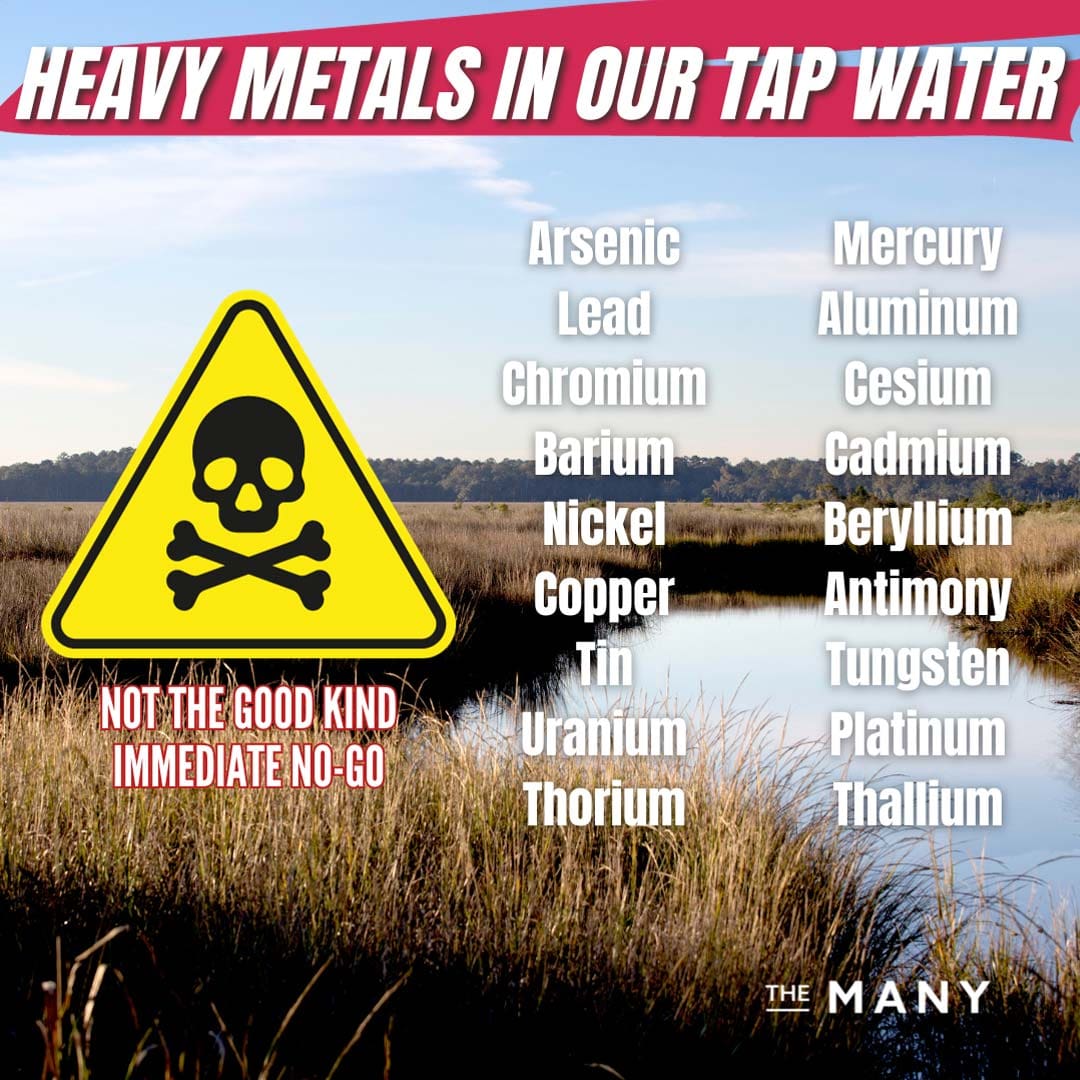
Camp Lejeune Water Contamination Lawsuits
Under the newly passed Camp Lejeune Justice Act of 2022, the federal government has allotted $6.7 billion to compensate victims of the water contamination.

The “Honoring America’s Veterans and Caring for Camp Lejeune Families Act of 2012” stands as a pivotal legislation mandating the Department of Veterans Affairs (VA) to inform past and present military personnel who served at Camp Lejeune, North Carolina, between 1957 and 1987 of their potential exposure to volatile organic compounds (VOCs) in the contaminated drinking water.
(Bookmark Page for On-Going Updates)
Please Note: We’ve consolidated the latest information provided by the Justice Department, Department of the Navy, Veterans Affairs, and others at the bottom of this article.
The Camp Lejeune Marine Corps Base in North Carolina grappled with a prolonged water contamination crisis from 1953 to 1987. This catastrophe led to the exposure of many individuals to toxic chemicals, particularly volatile organic compounds (VOCs). VOCs, known as airborne toxins, easily evaporate into the air and can be inhaled, infiltrating the lungs and bloodstream. These harmful chemicals were found in various water sources at the base, such as showers, sinks, faucets, and toilets, impacting the health of those exposed.

The distressing timeline of events started in February 1984, when tests revealed that private wells on the base had been contaminated due to leaking fuel tanks at Hadnot Point. These tanks contained volatile organic compounds, including benzene, trichloroethylene (TCE), and vinyl chloride. Despite the findings, official action was delayed until December 1984, when the first public notice was published in the Marine Corps Times newspaper. It wasn’t until May 1985 that the base commander ordered the closure of all private wells, with no established system for testing or treating affected wells at that time.
The contamination’s roots trace back to the 1950s when trichloroethylene (TCE) tainted private drinking water wells, primarily due to its usage as an industrial solvent by dry cleaning facilities on and off the base. While concerns about possible cancer risks arose in the 1980s and 1990s, the recognition of the contamination’s impact on drinking water didn’t emerge until the late 1990s, leading to illnesses among individuals who consumed the contaminated water.
Subsequently, the Marine Corps began supplying bottled water in 2001 but delayed the implementation of a private well-testing system until 2012, leading to further health complications among the populace, including instances of kidney cancer, leukemia, and birth defects.
The Camp Lejeune Justice Act explicitly addresses the water contamination issues prevalent at Camp Lejeune between 1953 and 1987. The contamination stemmed from industrial solvents seeping into the water supply, causing an infusion of volatile organic compounds (VOCs), posing potential threats to human health.
While the Camp Lejeune case serves as a focal point, water contamination remains a concern at various military installations, especially those involving hazardous materials. The Department of Defense (DoD) must actively identify, confirm, and address contamination issues, not only at Camp Lejeune but also in the surrounding areas where military personnel and their families live and work.

This effort has identified infrastructure challenges, including lead and copper plumbing systems, outdated treatment technologies, and aging water distribution systems. The DoD must address these concerns and develop solutions to ensure water treatment facilities operate properly and safely. DoD is also working to assess areas surrounding the military facilities where families may work or go to school.

VOCs, found in various everyday products, stem from items such as paints, varnishes, adhesives, and even personal care products.
The health effects of volatile organic compounds (VOCs) such as benzene, trichloroethylene (TCE), and vinyl chloride can vary based on the level and duration of exposure. Here are the most common health concerns associated with these specific VOCs:

It’s important to note that the health effects of these VOCs are often associated with chronic and high-level exposure. Short-term or lower-level exposure may result in less severe symptoms or no immediate noticeable health effects. However, continued exposure over time can lead to serious health issues. Individuals who believe they may have been exposed to these chemicals should seek medical advice and consider appropriate testing to evaluate any potential health impacts.
The relationship between VOCs and PFAS (per- and polyfluoroalkyl substances) differs due to their distinct chemical structures and properties. However, increasing awareness regarding water and product safety is vital to mitigate potential health risks associated with these compounds.
Almost all aspects of health are impacted negatively by overexposure to these poisons… you need to understand this and act accordingly.
To prevent similar events in the future, stringent regulations, regular testing of water sources, and adherence to safety protocols are essential. Implementing proper operational and maintenance practices for underground injection control wells is crucial to prevent groundwater contamination.

Raising awareness and actively seeking information about the quality of local water sources, whether at Camp Lejeune or any other location, is a critical step in ensuring water safety. While the cost of water testing may seem burdensome, the significance of knowing what is in our water cannot be overstated. DO IT… The more research we do, the more we realize – that our soil, water, air, and food supply have been under passive attack from harmful toxins since WW2.
We should all be concerned about what we put in our bodies and expose ourselves to. Camp Lejeune is not the first or last example of why this is so important. More often than is acceptable, we learn that companies are okay with cutting corners when it comes to safety if it means turning a profit.
While VOCs and PFAS are likely here to stay, awareness is your greatest weapon against them. By knowing where and how these toxins occur, you’re empowered to make lifestyle choices that lower your risk of exposure.
As more humans become aware of some of the things that have long been impacting our overall health and wellness… it’s almost impossible not to be concerned about everything that we’re putting into and onto our bodies. It’s clear that many companies have been making decisions based purely on profits – overlooking the more significant consequences of these decisions, and their impact on almost all our everyday use products. When you think about what we ALL use and do – in our own homes – where our sinks and toilets are used for disposal… you’ve got to recognize all of this impact on the world around us.
One resource that we highly recommend bookmarking is the EWG (Environmental Working Group) – they’ve created a map highlighting sites with ‘higher levels of contamination, military and civilian, throughout North America.’ While their focus is on the issue of PFAS… increasing your awareness empowers you to take more control over the controllable aspects, for yourself and your loved ones. Check out this map of the United States for more information.
Update: August 18, 2023: The Environmental Protection Agency has released the first round of public water system testing data for the “forever chemicals” known as PFAS, as required by its Fifth Unregulated Contaminant Monitoring Rule, or UCMR 5. The data reveal 431 sites have detectable levels of PFAS. The results highlight the sheer scale of the PFAS problem in the U.S. They build on EWG’s landmark PFAS contamination map.

Under the newly passed Camp Lejeune Justice Act of 2022, the federal government has allotted $6.7 billion to compensate victims of the water contamination.

For over 34 years, the water supply at Camp Lejeune Marine base was contaminated with carcinogenic chemicals.

The CLJA is the result of decades worth of work by victims, advocates, lawyers and government officials who diligently and continually sought just compensation and care and treatment benefits for those who became ill due to the water contamination at the Camp Lejeune military base.
This is an active lawsuit. Stay informed on how it's unfolding.